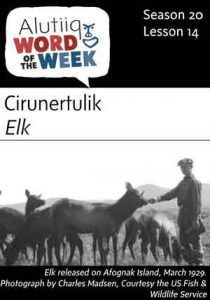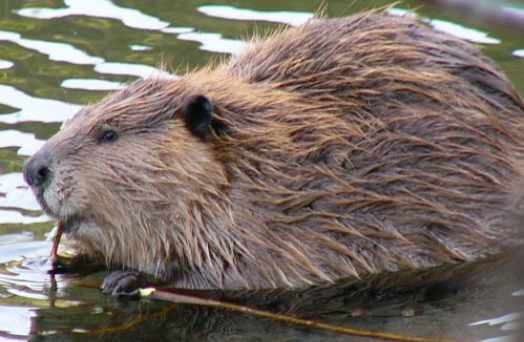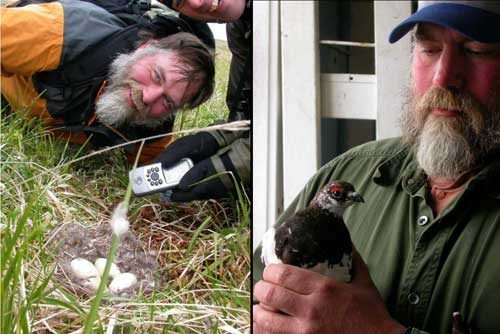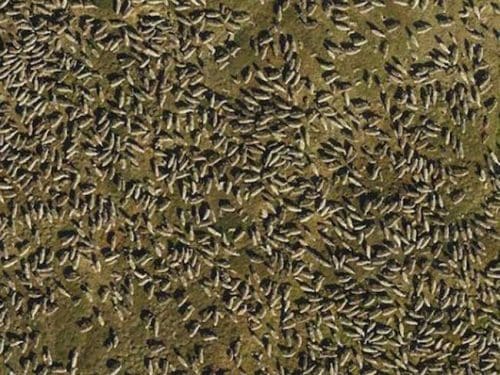 Cirunertulik – Elk
Cirunertulik – Elk
Cirunertulit piturnirtaartut. – Elk always taste good.
Elk (Cervus canadensis roosevelti) are one of four ungulate species introduced to the Kodiak Archipelago in the twentieth century. In 1929, eight Roosevelt elk were released on Afognak Island: five females and three males captured in the Olympic Peninsula of Washington state in 1928. The animals spent their first winter in Kalsin Bay before being transplanted to Afognak in the spring of 1929.
Today, the descendants of these elk roam both Afognak and Raspberry islands and the herd has grown to about one thousand. People occasionally sight elk on Kodiak Island because elk are strong swimmers and will cross channels between islands. However, Kodiak has no established herd.
Roosevelt elk are larger and slightly darker than their Rocky Mountain cousins. A large Afognak Island bull can weigh as much as 1,300 pounds. Roosevelt elk can also be distinguished by their antlers, which are shorter, less symmetrical, and more massive than the antlers grown by elk living east of the Cascade Mountains.[xyz-ihs snippet=”Adsense-responsive”]On Kodiak, elk hunting officially began in 1950, when the herd had grown enough to permit culling. Since then, these large animals have become an important and highly desired source of meat in Kodiak communities, particularly Ouzinkie, where nearly half of households consume elk meat over the course of a year. Elk hunting is difficult because the animals are large, swift, and often found in rough terrain, so only a small number of people hunt elk, but the meat is widely distributed. Today, Alutiiq people harvest elk by permit from the end of September through November.
Source: Alutiiq Museum








